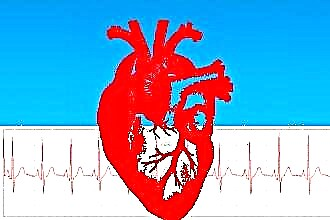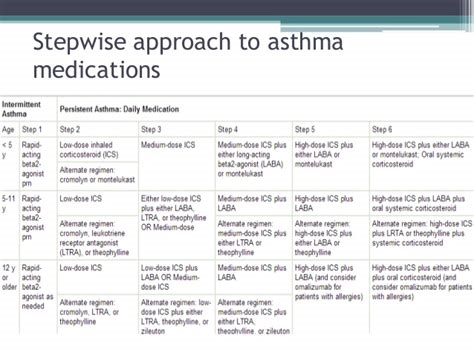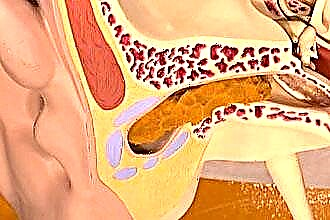The heart muscle independently triggers impulses, which makes it contract rhythmically. In this way, blood flows from the cavities under pressure into the vessels. Any change in the myocardium disrupts this process, which leads to rhythm failure, tissue hypoxia and necrosis.
What caused the changes?
It should be emphasized right away that this is not a disease, but a syndrome. Shifts in the biochemical activity of heart cells are observed, they begin to contract incorrectly, and during the recording of an ECG, deviations will be noted in various parts of the muscle, which are clearly visible on the film.
Under the influence of external and internal causes, changes in the myocardium are of the following types:
- diffuse;

- focal;
- metabolic;
- dystrophic.
The listed conditions require treatment. In advanced cases, ischemia of the heart muscle is possible due to a lack of oxygen.
Diffuse
Functional dysfunctions are noted among all cells of the heart. They are most often caused by inflammatory conditions such as myocarditis. There are cases of changes in myocardial dystrophy in the left ventricle, as a result of taking certain medications and physical overstrain.
The presence of diabetes mellitus and its long course gradually leads to atherosclerosis. Changes in blood vessels and myocardium are caused by impaired glucose uptake. With inflammatory diseases in the intestines, the process of absorption of nutrients from the mucous membrane becomes worse. Therefore, in patients, changes in the heart muscle are often concomitant. With an increase in the thickness of the myocardial wall (hypertrophy), rhythm disruptions are also noted. This happens when high blood pressure, irregularity, or heart disease occurs. When, during examination, changes in the myocardium are found in patients, diseases of the kidneys and the endocrine system become frequent unfavorable factors.
Metabolic
The energy generated under the influence of a certain balance of sodium and potassium ions is spent on the work of the heart muscle - contraction and relaxation. Pronounced changes occur with an imbalance of this mechanism, which occurs under the influence of:
- Angina pectoris.
- Arterial hypertension.
- Heart defects.
- Pancreatitis.
- Inflammatory processes in the vascular wall.
- Infectious diseases.
In addition to diseases, metabolic disorders are also possible when exposed to chemical compounds, tobacco smoke, alcohol and the presence of excess weight.
Focal
Locally located cicatricial changes in the myocardium are the result of a previous heart attack. Areas of cardiosclerosis on the ECG film are well defined. They can be located on one or more walls of the heart, the foci are small-focal or large-focal. The main reasons are:
- diabetes;

- obesity;
- physical and emotional stress;
- high blood pressure;
- smoking;
- alcohol intake.
Cicatricial changes in the myocardium are formed under the influence of the main factor - the deposition of cholesterol on the walls of blood vessels, which leads to atherosclerosis.
Dystrophic
Under the influence of various reasons, a malnutrition of the myocardium occurs due to a lack of oxygen. As a result, atrophy of heart cells occurs. Dystrophic processes in it are manifested by a decrease in muscle tone, which becomes a fertile ground for the development of heart failure. The reasons for creating conditions for atrophic processes in tissues are:
- Stressful situations.
- The action of hormones.
- Excessive physical activity.
- Malnutrition with a predominance of salty and fatty foods.
- Diseases of the digestive tract and endocrine system.
One of the common factors that play an important role in the formation of dystrophic changes in the myocardium is constant physical activity. This is especially true for athletes and people doing hard work. A distinctive feature is changes in the left ventricle, which pushes blood through the vessels.
Symptoms
Depending on the type of disorders in the heart muscle, the symptoms in patients are specific. In addition to them, changes in the myocardium are observed on the ECG, which means that the pathological process has affected a large number of cells.
Dystrophic
In all patients, the symptoms of changes in the heart are different. They can be pronounced already in the initial stage or be insignificant, and in some cases the process is asymptomatic. The addition of additional signs is evidence of a worsening prognosis for recovery.
Dystrophic changes are of the following types:
- ischemic;
- focal;
- dyshormonal.

Signs of disturbances in the tissues of the heart occur in cases of short-term circulatory disorders and lack of oxygen. It is important to take into account that characteristic changes in the myocardium appear on the ECG, which means that its normal function was affected by the pathological process. The clinical picture, which is observed in the ischemic form, is characteristic of angina pectoris. Its main symptoms are as follows:
- Paroxysmal pain behind the sternum, which are associated with physical stress or previous emotional stress. They quickly disappear after taking the "Nitroglycerin" tablet. Its duration is most often no more than 15 minutes. The pain is felt not only in the region of the heart, but also radiates to the left arm, collarbone, lower jaw or neck.
- Increased blood pressure.
- Interruptions in the region of the heart.
- Feeling of lack of air.
In some cases, patients do not feel discomfort in the chest, and only changes in the myocardium are visible on the ECG, which means that the pathological process can lead to the development of complications.
A vivid picture of an attack with severe pain syndrome can alternate with a feeling of numbness or tingling in the fingers of the left hand.
Focal changes in the myocardium are observed with a heart attack, which is characterized by intense and prolonged pain behind the sternum. Its duration reaches several hours or days. Patients describe it as tearing, burning, spreading to the left arm or lower jaw, neck. Usually after taking "Nitroglycerin" the condition does not improve. In addition to pain syndrome, there is a feeling of fear, abdominal pain, nausea, severe weakness and cold sweat.
With dyshormonal disorders, the heart muscle is affected, and the pathological process can progress rapidly. This is due to the effects of hormones during thyroid dysfunction or after the onset of menopause. Patients with this type of change complain of irritability, dizziness, disturbed sleep, and weight loss. Of the signs of heart damage, they note a stabbing pain spreading to the left arm, a rapid or slow heartbeat.
Diffuse
All heart cells are affected by the pathological process in myocarditis. It can proceed with the participation of microorganisms, and without them (aseptic). The main signs of manifestations of a diffuse nature are:
- Severe weakness, rapid fatigability.
- Shortness of breath on exertion.
- Interruptions in the heart.
- Excessive sweating.
- Pallor of the skin, sometimes with a bluish tinge.
- Swelling of the veins in the neck.
- Increased heart rate.
- Decrease in blood pressure.
In some patients with myocarditis, signs of the disease are not observed for a long time. In some cases, the pathology takes on a malignant course, a severe rhythm disturbance joins, the severity of all the listed symptoms.
Metabolic
Acute and chronic pathology is distinguished.The first case is life threatening and can result in the death of the patient in the absence of assistance.  Chronic changes in the myocardium have a blurred picture. The main symptoms are fatigue, pain in the region of the heart. Unpleasant sensations are most often noted in the apex, less often behind the sternum.
Chronic changes in the myocardium have a blurred picture. The main symptoms are fatigue, pain in the region of the heart. Unpleasant sensations are most often noted in the apex, less often behind the sternum.
If the process lasts a long time, then cardiosclerosis is formed (connective tissue replaces normal heart cells), which has a dystrophic origin.
The changes that occur in the myocardium have a different origin and clinical picture. Many of them begin with nonspecific manifestations, and in some patients they may be absent for a long time. Therefore, in order to preserve the function of the heart, when unpleasant signs appear, an examination by a cardiologist and timely treatment are necessary.





